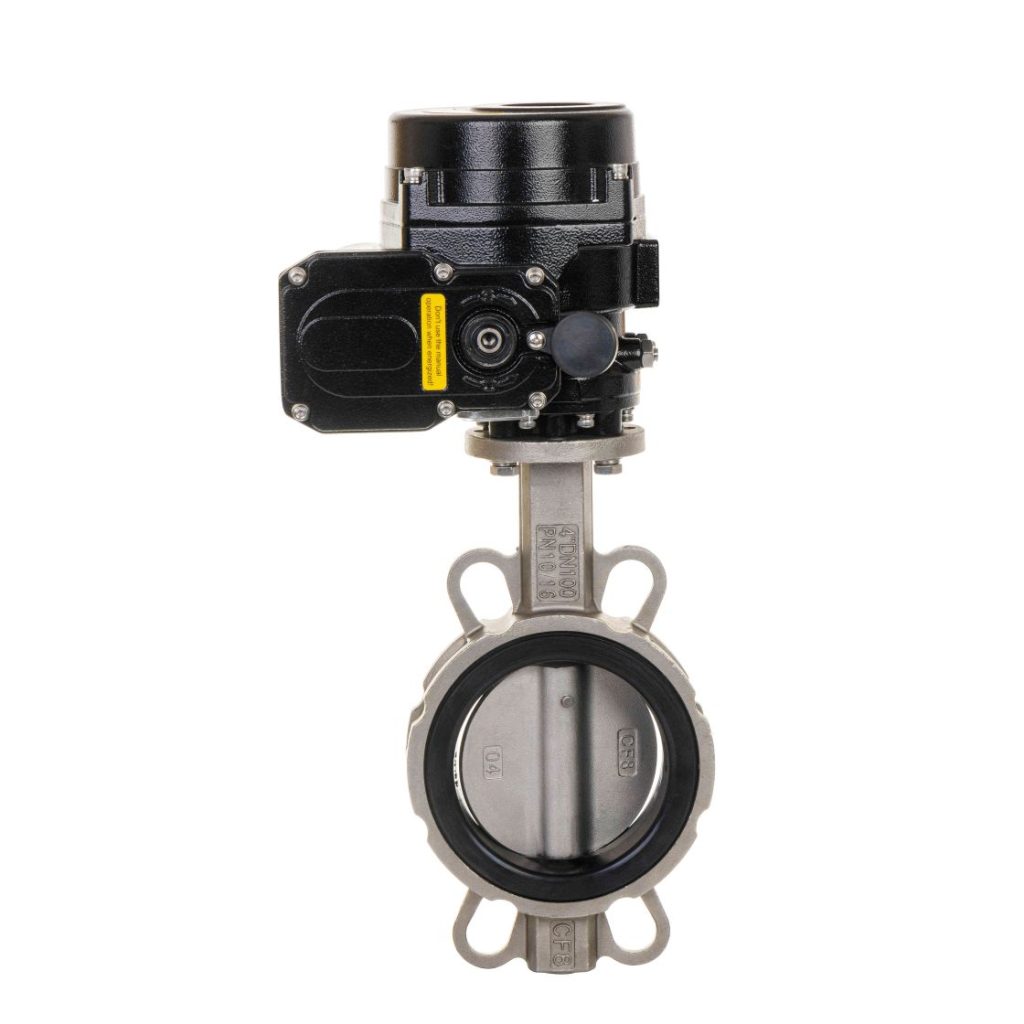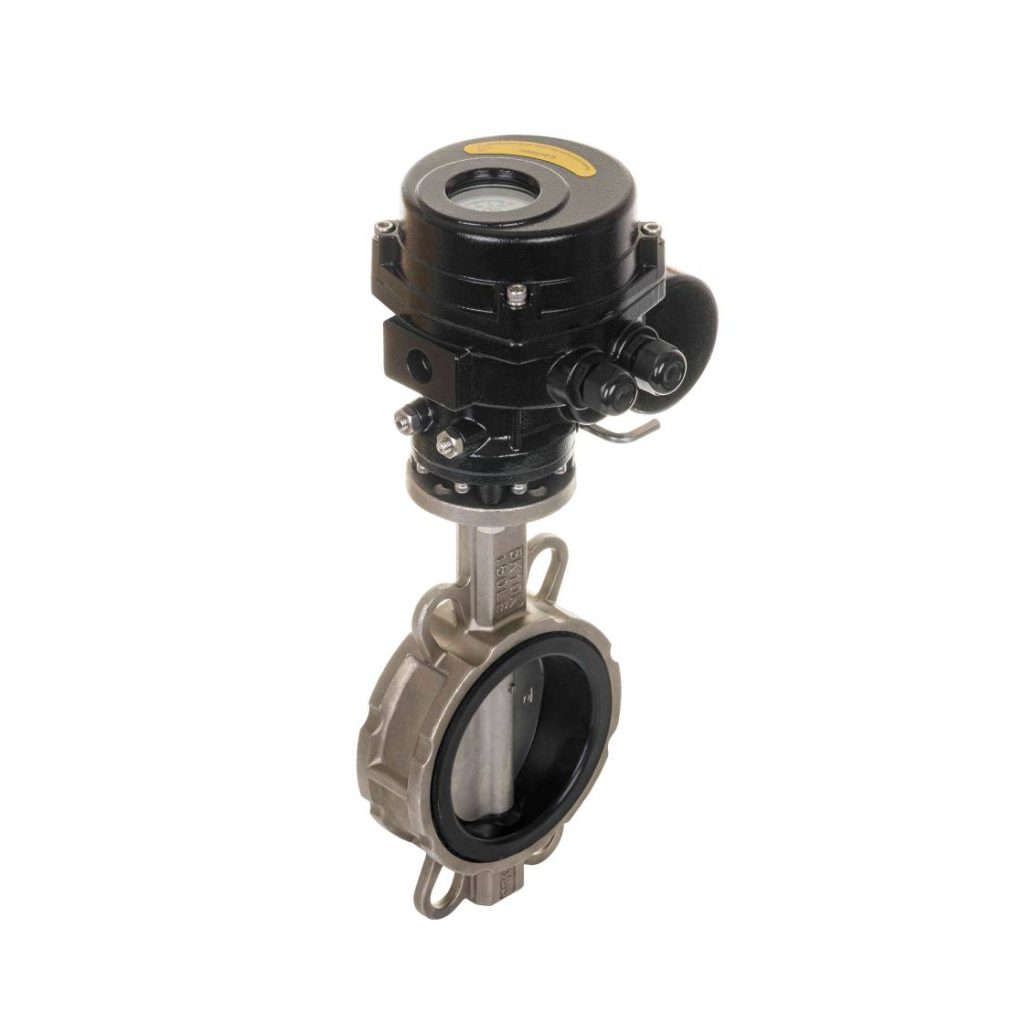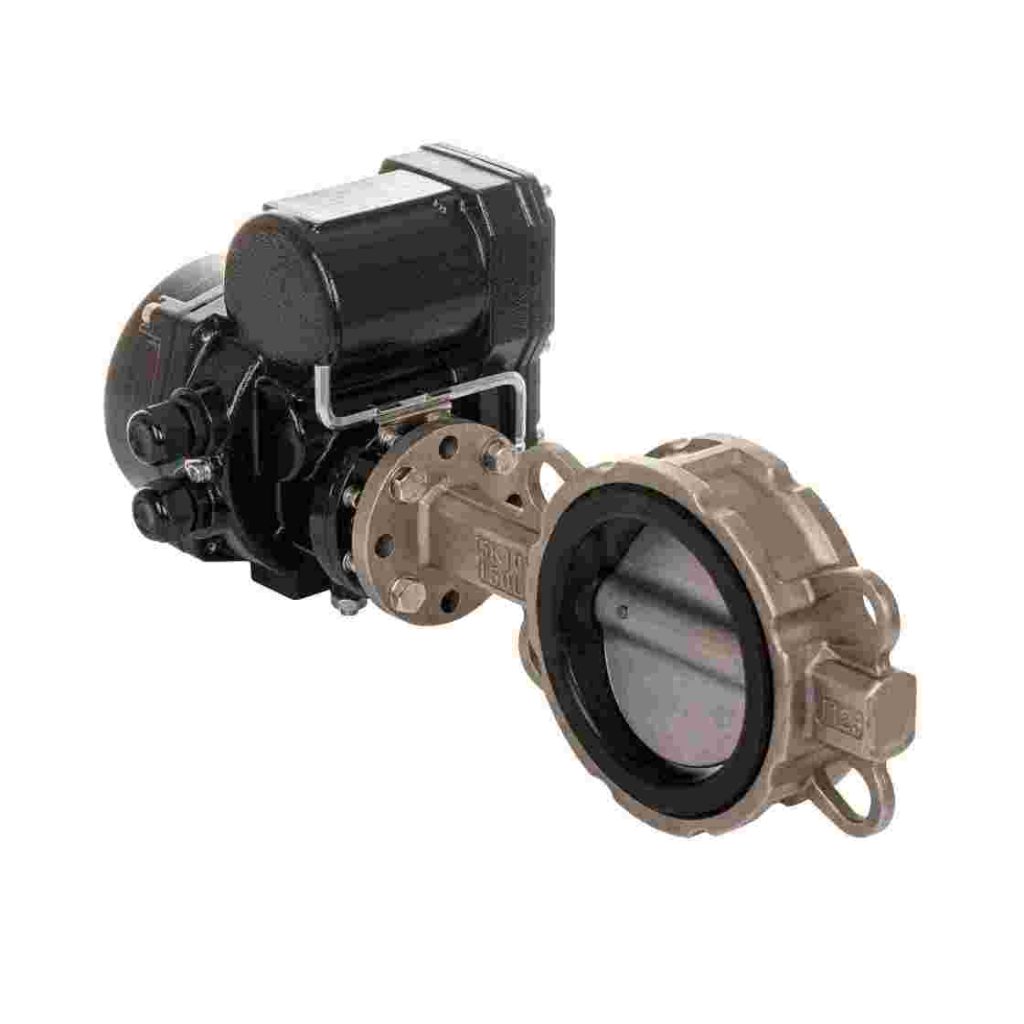The electric flanged soft seal butterfly valve is an essential component in modern fluid control systems, particularly in industries such as water treatment, oil and gas, and chemical processing. Known for its efficiency and ease of use, this valve combines the reliable functionality of a butterfly valve with the precision control provided by an electric actuator. In this article, we will explore the design, advantages, applications, and maintenance of electric flanged soft seal butterfly valves.

Design and Functionality

A butterfly valve is a quarter-turn valve, meaning that its disk rotates 90 degrees to open or close the flow path. The electric flanged soft seal butterfly valve is equipped with an electric actuator that automates the valve’s operation. This actuator allows for precise control over the valve’s movement, making it ideal for applications where remote operation or automation is necessary. The “flanged” design refers to the valve’s connection method. Flanges are used to connect the valve to the piping system, ensuring a tight seal and a stable, leak-proof connection. The soft seal aspect of the valve refers to the type of material used in the sealing element. Soft seals are typically made from elastomers like rubber, which provides excellent sealing performance and resistance to wear and tear.

Leave a Reply